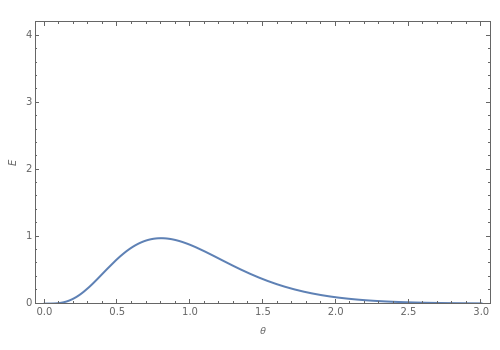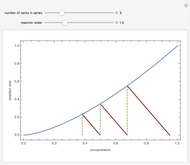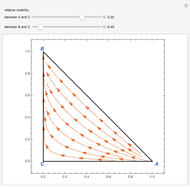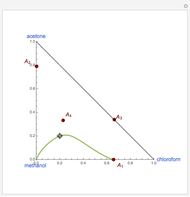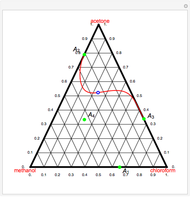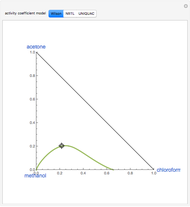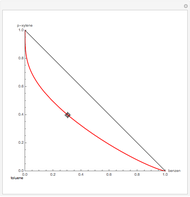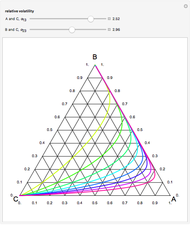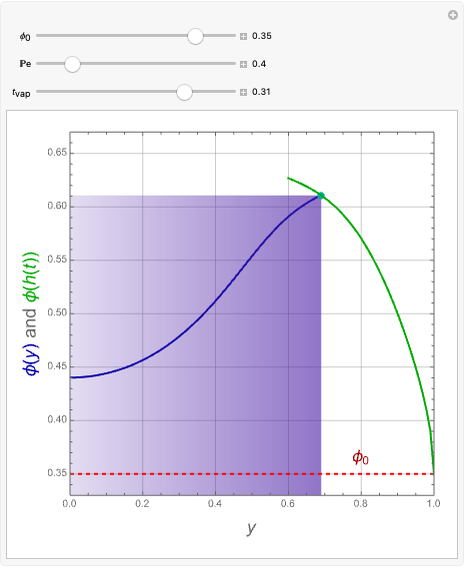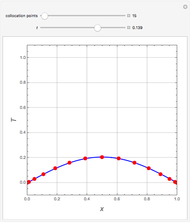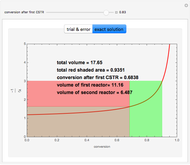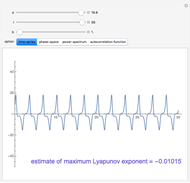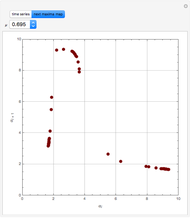E-curve and F-curve for the Tanks-in-Series Model of MacMullin and Weber
Initializing live version

Requires a Wolfram Notebook System
Interact on desktop, mobile and cloud with the free Wolfram Player or other Wolfram Language products.
The residence time distribution curve (RTD-curve or E-curve) is the response to a pulse experiment. On the other hand, the response to a step experiment is called the F-curve.
[more]
Contributed by: Housam Binous (March 2011)
Open content licensed under CC BY-NC-SA
Snapshots
Details
R. B. MacMullin and M. Weber, "The Theory of Short-Circuiting in Continuous-Flow Mixing Vessels in Series and Kinetics of Chemical Reactions in Such Systems," Trans. AIChE, 31(2), 1935 pp. 409–458.
Permanent Citation
